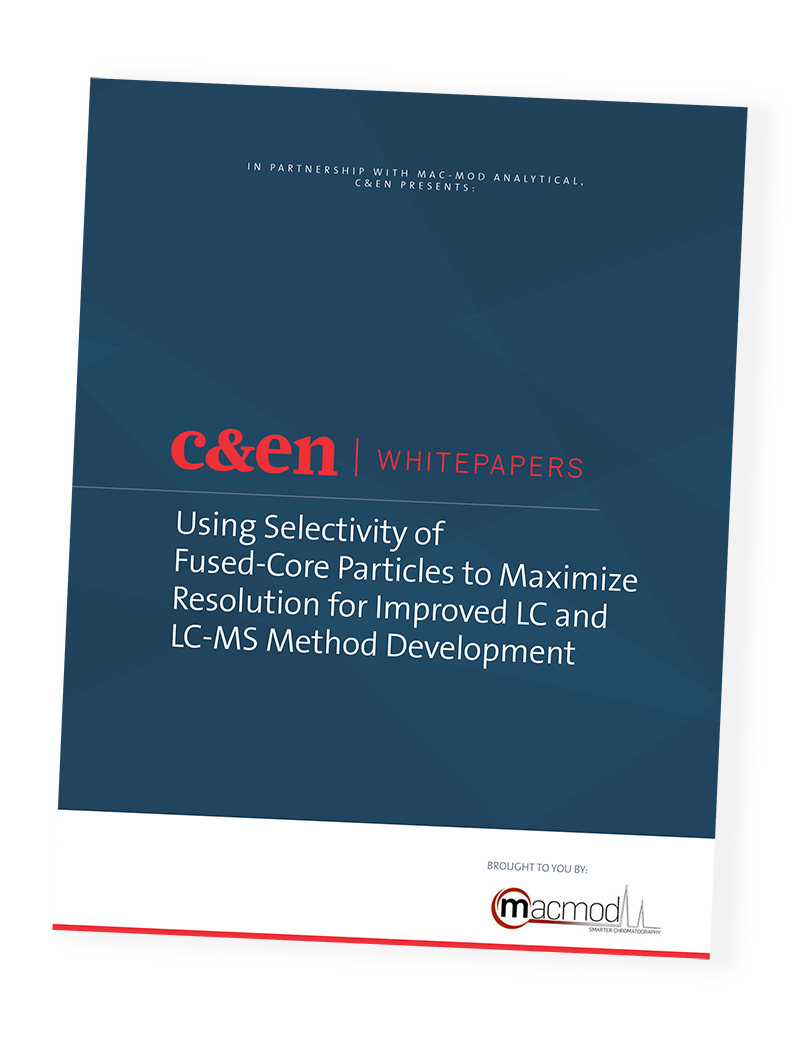
Using Selectivity of Fused-Core Particles to Maximize Resolution for Improved LC and LC-MS Method Development
Brought to you by Mac-Mod Analytical
Overview
Today’s chromatographers face the same challenges that chromatographers faced 25years ago—to develop methods that maximize resolution between their analytes of interest. Selection of an appropriate pH for the analytes of interest is critical for ionizable compounds. Once the stationary phase, organic solvent, and pH are selected, vary temperature and gradient time. Then use of a commercially available method optimization software package is recommended. While C18 is a good all-purpose phase for initial method development, the other phases offer alternate selectivities. It is good practice to screen multiple phases to ensure the best possible separation.
Key Objectives:
- Learn how to utilize unique stationary phase chemistries to maximize selectivity in HPLC/UHPLC and LC/MS
- Learn about new stationary phase technology that will improve analyte resolution and lab productivity
- Review examples of using different bonded phases to improve LC and LC-MS separations
Brought to you by:


Please complete the form to download the whitepaper.
By completing and submitting this form, you understand and agree that use of American Chemical Society (ACS) websites are subject to the ACS Terms of Use and ACS Privacy Policy , including the fact that ACS and its third party sponsors can contact you based on the information provided. In order to process your registration completely, you understand that your information will be transferred to ACS’ affiliates globally.
Copyright © 2025 American Chemical Society | 1155 Sixteenth Street NW | Washington, DC 20036 | View our Privacy Policy